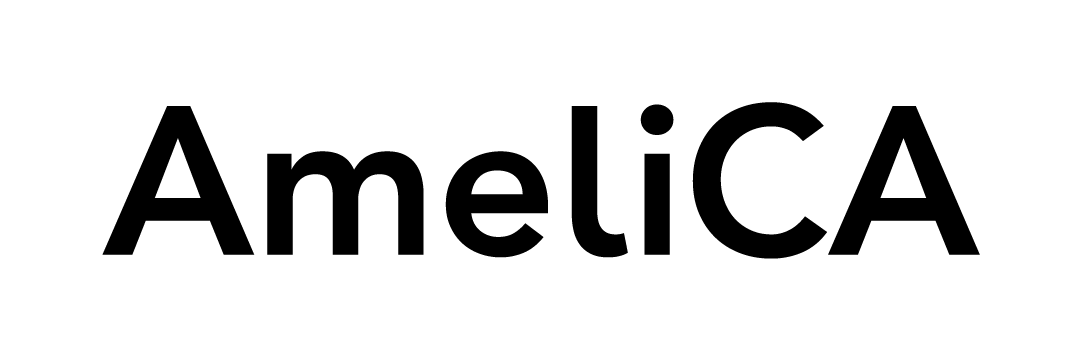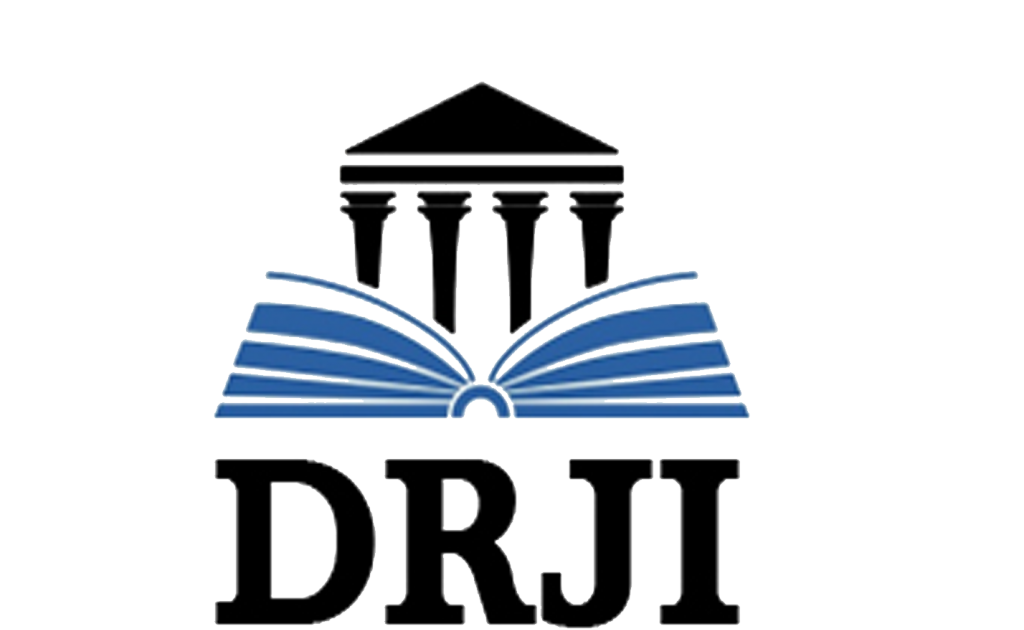Increased productivity of the Red Pitaya (Hylocereus undatus) byartificial lighting with renewable energy
DOI:
https://doi.org/10.53591/rug.v121i3.393Keywords:
Red Pitahaya, productivity, renewable energy, light energy, antioxidant, pH, Brix degrees (Bx)Abstract
Currently is vital the role of universities in promoting regional and economic development. Universities act celerate innovation and entrepreneurship through the transfer of knowledge. Since the early eighties of last century, process management has been widely used by universities and organizations employing Systems of Quality Management. This approach shows a systemic vision of the key processes that allow responding to the needs of society. The purpose of this paper is to model the process of knowledge transfer at the University of Guayaquil. This modeling is performed based on a process approach. The main theoretical methods include the analysis and synthesis of information obtained Inductive - deductive and systemic structural. The empirical methods are related to psychosocial information search tools and process mod deling, the study of
potential markets for products or services derived from processes of entrepreneurship and innovation in the University.
References
Andrade J, Rengifo E, Ricalde F, Si má L, Cervera C, Vargas- Soto G, Hernández M, (2006), Microambientes de Iuz, Crecimiento y Fotosíntesis de la Pitahaya Roja (Hylocereus undatus) en un agrosistema de Yucatán, México, Agrociencia Noviembre- Diciembre, 2006, pp. 687-697, Yucatán, México.
Beltrán A, Mera J, (20 14) “Elaboración del Tubérculo Mashua (Tropaeolum tuberosum) Troceada en miel y determinación de la capacidad antioxidante. Tesis de grado no publicada. Universidad de Guayaquil, Guayaquil, Ecuador.
Bravo H, 1 978, Las Cactáceas de México. Vol I. UNAM. México. p.743
Britton N, Rose J, 1 963, The Cactáceas: Descriptions and Illustrations of Plants of the Cactus Family. Vol I, New York, Dover Publications.
Douglas RM, Hemila H, D'Souza R, Chalker EB, Treacy B, 2004, Vitami n C for preventing and treating the common cold, http://umn. edu/heaIth/medicaI/spanishency/articIes/vitamina-c.
Grimaldo 0, García A, Ortiz J, Ruiz L, 200 1, Características cario típicas de seis genotipos de pitahaya Revista Chapingo, Serie Horticultura, Volumen 7(2), 200 1, pp. 1 77- 1 95, México.
Haage W, 1 963, Cacti and Succulents, First Edition, New York. Dutton and Company.
Legaria J, Alvarado M, Gaspar R, 2005, Diversidad Genética en Pitahaya (Hylocereus undatus), Rev. Fitotec. Mex. Vol. 28 (3), julio-septiembre, 2005, pp. 179 — 185, México.
Rodríguez D, Patiño M, Miranda D, Fischer G, Galvis J, 2005, Efecto de dos índices de madurez y dos temperaturas de almacenamiento sobre el comportamiento en Almacenamiento sobre el comporta miento en pos cosecha de la Pitahaya amarilla (Selenicereus megalanth us, Haw). Rev. Fac. Nal. Agr, Vol.58, No.2, 2005, pp.2837-2857, Medellín, Colombia.
Published
How to Cite
Issue
Section
License

This work is licensed under a Creative Commons Attribution-NonCommercial-NoDerivatives 4.0 International License.

This work is licensed under a Creative Commons Attribution-NonCommercial-NoDerivatives 4.0. International License.
You are free to:
- Share — copy and redistribute the material in any medium or format
- The licensor cannot revoke these freedoms as long as you follow the license terms.
Under the following terms:
- Attribution — You must give appropriate credit , provide a link to the license, and indicate if changes were made . You may do so in any reasonable manner, but not in any way that suggests the licensor endorses you or your use.
- NonCommercial — You may not use the material for commercial purposes .
- NoDerivatives — If you remix, transform, or build upon the material, you may not distribute the modified material.
- No additional restrictions — You may not apply legal terms or technological measures that legally restrict others from doing anything the license permits.































